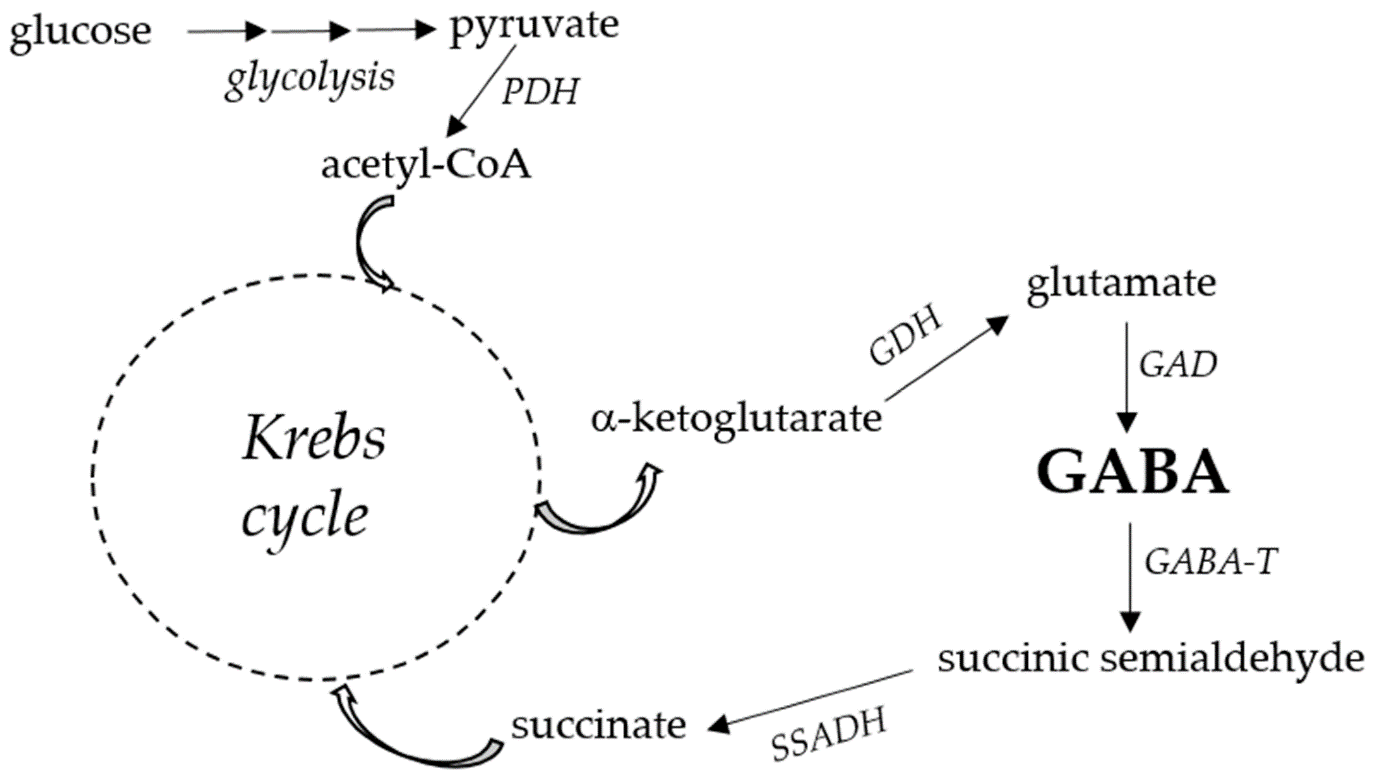THE ROLE OF VITAMIN B6 IN GABA SYNTHESIS AND ITS IMPLICATIONS FOR NEUROLOGICAL HEALTH; A REVIEW
Keywords:
Vitamin B6, GABA Synthesis, Pyridoxal Phosphate, Neurological Disorders, Glutamic Acid Decarboxylase, Neurotransmitter, EpilepsyAbstract
Vitamin B6, through its active form pyridoxal 5'-phosphate (PLP), is a vital cofactor for glutamic acid decarboxylase (GAD), the enzyme responsible for synthesizing gamma-aminobutyric acid (GABA), the primary inhibitory neurotransmitter in the central nervous system. GABA plays a critical role in regulating neuronal excitability, mood, and cognitive function, and its dysregulation is implicated in neurological disorders such as epilepsy, anxiety, and cognitive impairment. This systematic review synthesizes evidence from preclinical and clinical studies to elucidate the biochemical mechanisms linking vitamin B6 to GABA synthesis, the neurological consequences of B6 deficiency, and the therapeutic potential of B6 supplementation. Findings indicate that vitamin B6 deficiency disrupts GABAergic signaling, contributing to seizures, peripheral neuropathy, and mood disorders, while supplementation can restore GABA homeostasis and mitigate these effects. However, interactions with other nutrients, such as vitamin B3, and metabolic conditions complicate these relationships, highlighting the need for further research into optimized, individualized therapeutic strategies.

Published
How to Cite
Issue
Section
Copyright (c) 2025 Dr. Maryam Ibrahim, Muhammad Ikra Sani, Ubi Ebri, Ubi

This work is licensed under a Creative Commons Attribution 4.0 International License.
How to Cite
Most read articles by the same author(s)
- Blessing Ogechukwu Orji, Frederick Otunuya Obi, Maryam Ibrahim, EFFECTS OF CHRONIC EXPOSURE TO PARACETAMOL AND HIBISCUS SABDARIFFA LINN CALYX EXTRACT ON THE KIDNEY OF MICE , FUDMA JOURNAL OF SCIENCES: Vol. 4 No. 2 (2020): FUDMA Journal of Sciences - Vol. 4 No. 2




